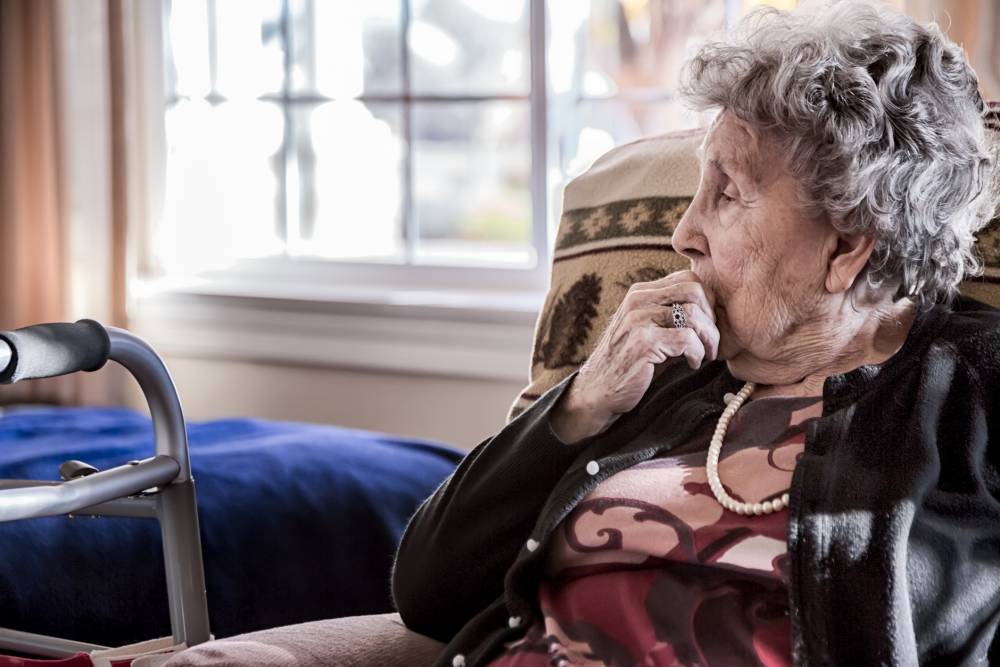
From today, unannounced quality and safety audits will come into force across all Australian residential aged care homes, as the Turnbull Government builds on its aged care reforms.
Aged Care Minister Ken Wyatt said aged care homes will no longer be given notice of the date of their re-accreditation audit, which means where there are issues there will be no time to cover up the problem.
“Our commitment to safe, high-quality care is non-negotiable and I am sure is shared by all Australians,” said Minister Wyatt.
The Minister believes “These changes will strengthen the oversight of aged care services to provide greater assurance that standards of care are consistently maintained, not just at re-accreditation times”.
Minister Wyatt signalled the Government’s intention to introduce unannounced re-accreditation audits by the Australian Aged Care Quality Agency when he released the Review of National Aged Care Quality Regulatory Processes last October. This enhancement to the audit system was a key recommendation.
“The introduction of unannounced accreditation audits builds on existing unannounced compliance monitoring by the Quality Agency,” Minister Wyatt said.
“Since October, the Agency has conducted over 1,500 unannounced assessment visits on homes, targeting specific quality standard requirements.
“The Quality Agency has also increased its focus on broader areas of risk, conducting unannounced review audits of all 44 required quality outcomes at 22 homes. Since July 2017, five homes have had their accreditation revoked.”
“While the vast majority of Aged Care homes provide excellent service all year, this reform is designed to give residents and their families’ greater confidence in care delivery.”
To maintain their approval to receive Commonwealth funding, aged care homes must comply with four standards comprising 44 required outcomes, ranging from clinical care, nutrition and hygiene to dignity, privacy and security.
The new reforms to re-accreditation audits also include:
“Every senior Australian deserves to be treated with dignity and to receive the best care and I am committed to working with providers and everyone involved in this vital sector to ensure Australia continues to provide world-class aged care,” Minister Wyatt said.
The audit reform amendments relate to functions established under the Australian Aged Care Quality Agency Act 2013.
More information on unannounced re-accreditation audits can be found on the Department of Health website.
Information can also be found at the Quality Agency website.
The Quality Agency publishes accreditation and compliance decisions and resident feedback results on its website www.aacqa.gov.au.
The report on the Review of National Aged Care Quality Regulatory Processes will also provide more information.
Yes would be great I work in a few the boss are always running round like mad went they know a check coming getting place clean up paper work done, last one was the best as I work there the longest, and saw a few thing,
Actually in 2015/6 The Aged Care Quality Agency conducted 2866 unannounced visits to subsidised aged care facilities.
This resulted in 8598 documents been raised.
Unannounced reports on any facility are not available – even under general slation as it may “contravene the privacy of the proprietor”.
But any family member or EPOA may ask for the report of a specific facility, if they are representing a relative in care.
Go for it
That’s great news for me. As have worked in Aged Care for many years. Management knew when the Accreditation Team where due. They would run the staff into the ground making sure everything was in tip top condition. At least now the team could walk in tomorrow and at times find the flaws in system.
Fact check – look at the data
Data showing how problems were first identified were presented by the Quality Agency in February. This indicated that the agency was alerted to problems by outside bodies in 74% of instances and risk profiling alerted them in another 12. Of the remaining 14%, 4% were detected by reaccreditation visits and 10% by unannounced visits – 2.5 times as many.
But data supplied to the recent senate inquiry into Oakden showed that in a period of nearly 4 years there were 3.6 times as many unannounced contacts (11362) as reaccreditation visits (3146) – so per visit reaccreditation was slightly more effective in detecting problems.
The figures for detection per visit were reaccreditation 2.2% (69 of 3146), announced contacts 1.3% (46 of 3507) and unannounced contacts 1.5% (169 of 11362). This was a 0.2% increased rate for unannounced contacts. In contrast “Review audits” done in response to tip offs so that assessors knew what to look for confirmed failures in 78% (70 of 90 audits).
The message is simple. It is the accreditation process itself that is incapable of detecting problems in care unless someone tells them. The minister is addressing the adverse publicity and ignoring the problem exposed by it.
When it was introduced in 1997 accreditation had already failed repeatedly in health care in the USA and it is not used as a regulator in aged care there. Prior to the appointment of the CEO of LASA to be CEO of the new Quality Agency in 2014, the old agency had asked to be relieved of its regulatory role because it was incompatible with accreditation. Their request was ignored.
What is needed is a locally based and often on site empowered visitors scheme working closely with volunteer community groups, staff and providers to watch over residents, detect and deal with problems at an early stage and call in the regulator to do a review audit when needed. This is what Aged Care Crisis is pressing for.